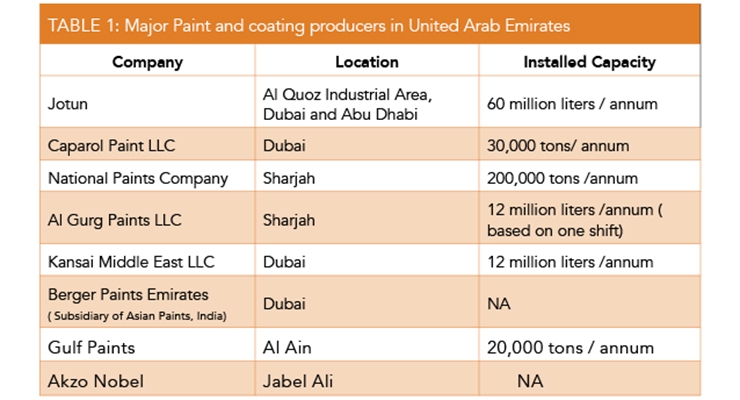Variables To Consider For Industrial Outside Paint By Season: Essential Info You Ought To Have
Variables To Consider For Industrial Outside Paint By Season: Essential Info You Ought To Have
Blog Article
Material Create By-Burnham Skafte
When you're intending an industrial outside painting job, seasonal elements can make or break your outcomes. You'll want to think about how temperature and moisture effect paint application and drying times. Selecting the ideal season can guarantee your paint adheres appropriately and lasts much longer. But which seasons are absolutely the most effective for this kind of work? Allow's check out the crucial elements that can affect your task's success.
The Effect of Temperature on Paint Application
When you're planning a business exterior painting job, the temperature level can considerably affect just how well the paint adheres and dries out.
Preferably, you intend to paint when temperature levels range between 50 ° F and 85 ° F. If it's as well chilly, the paint might not treat appropriately, bring about issues like peeling off or breaking.
On the other hand, if it's too warm, the paint can dry out too promptly, stopping proper bond and leading to an irregular finish.
what does expired paint look like on walls ought to also take into consideration the moment of day; early morning or late afternoon provides cooler temperatures, which can be much more favorable.
Always inspect painting companies for the certain paint you're using, as they commonly supply guidance on the ideal temperature range for optimum results.
Moisture and Its Impact on Drying Times
Temperature level isn't the only ecological factor that affects your industrial exterior paint project; humidity plays a significant duty too. local painting near me can reduce drying out times dramatically, impacting the general high quality of your paint task.
When the air is filled with moisture, the paint takes longer to heal, which can cause concerns like poor attachment and a higher threat of mildew growth. If look at more info on a specifically moist day, be prepared for prolonged wait times between coats.
It's important to keep track of regional climate condition and strategy accordingly. Ideally, aim for humidity levels between 40% and 70% for ideal drying.
Keeping these factors in mind guarantees your task stays on track and delivers a lasting finish.
Best Seasons for Commercial Outside Paint Projects
What's the most effective time of year for your business exterior painting projects?
Springtime and very early loss are commonly your best bets. Throughout these periods, temperature levels are moderate, and moisture levels are commonly lower, producing optimal problems for paint application and drying.
Stay clear of summer season's intense heat, which can trigger paint to completely dry as well rapidly, leading to poor adhesion and surface. Similarly, wintertime's chilly temperatures can prevent appropriate drying out and treating, taking the chance of the durability of your paint work.
Go for days with temperatures between 50 ° F and 85 ° F for optimal results. Remember to check the neighborhood weather prediction for rain, as damp conditions can ruin your project.
Preparation around these aspects guarantees your painting task runs smoothly and lasts longer.
Final thought
To conclude, preparing your industrial outside painting tasks around seasonal considerations can make a significant distinction in the end result. By scheduling job throughout the ideal temperature levels and humidity degrees, you'll make sure far better adhesion and drying out times. Remember to keep an eye on neighborhood weather forecasts and choose the right time of year-- springtime and early fall are your best choices. Taking these actions will aid you attain a long lasting and specialist surface that lasts.
